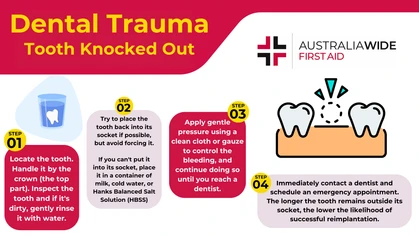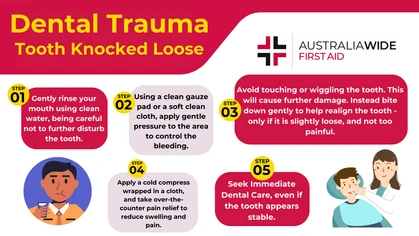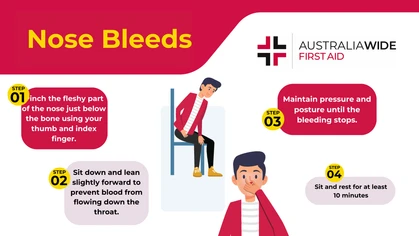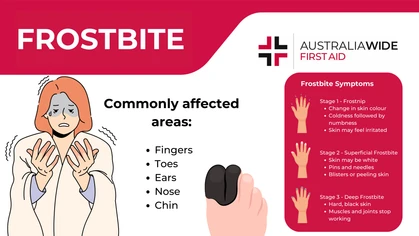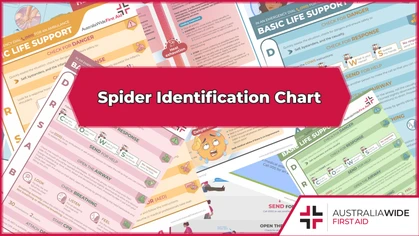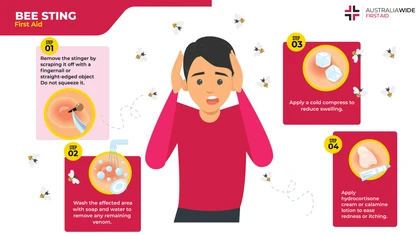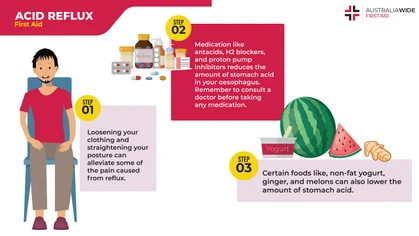Chart for Stroke Assessment

Charts
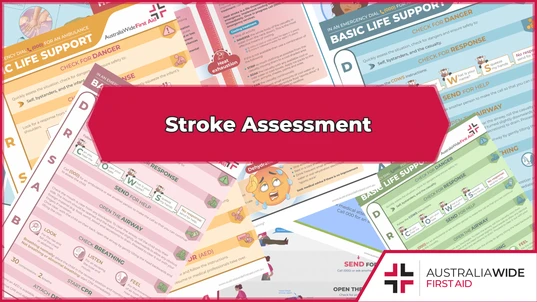 A stroke is a medical emergency in which the blood flow to a part of the brain is suddenly disrupted.
This can cause brain cells to die, as they rely on blood to receive life-sustaining oxygen and nutrients.
If a stroke victim does not receive prompt medical treatment, whole swathes of their brain can die, and they can sustain permanent brain damage and requisite physical, emotional, and intellectual complications.
The Stroke Foundation recommends using the F.A.S.T test (see below) to identify the main symptoms of stroke, and to assess whether a person is experiencing a stroke.
As such, if a person fails even one step of the F.A.S.T test call Triple Zero (000) for an ambulance.
Please note, our charts can be downloaded and printed in A2 size or smaller.
A stroke is a medical emergency in which the blood flow to a part of the brain is suddenly disrupted.
This can cause brain cells to die, as they rely on blood to receive life-sustaining oxygen and nutrients.
If a stroke victim does not receive prompt medical treatment, whole swathes of their brain can die, and they can sustain permanent brain damage and requisite physical, emotional, and intellectual complications.
The Stroke Foundation recommends using the F.A.S.T test (see below) to identify the main symptoms of stroke, and to assess whether a person is experiencing a stroke.
As such, if a person fails even one step of the F.A.S.T test call Triple Zero (000) for an ambulance.
Please note, our charts can be downloaded and printed in A2 size or smaller.


Other First Aid Resources
For more information about the risk factors and signs of stroke, check out the National Stroke Foundation and their annual awareness campaigns, including National Stroke Week. And for additional details on identifying, preventing, and managing the symptoms of stroke, head to the following resources:- Stoke First Aid
- National Stroke Week: Celebrating Life's Precious Moments
- Types of Stroke: Causes, Symptoms, and Treatments
- Are You at Risk of a Stroke?
- 3 Differences between Strokes and Seizures
Originally published at
https://www.australiawidefirstaid.com.au/resources/stroke-assessment-chart
as part of the Australia Wide First Aid Articles Library
